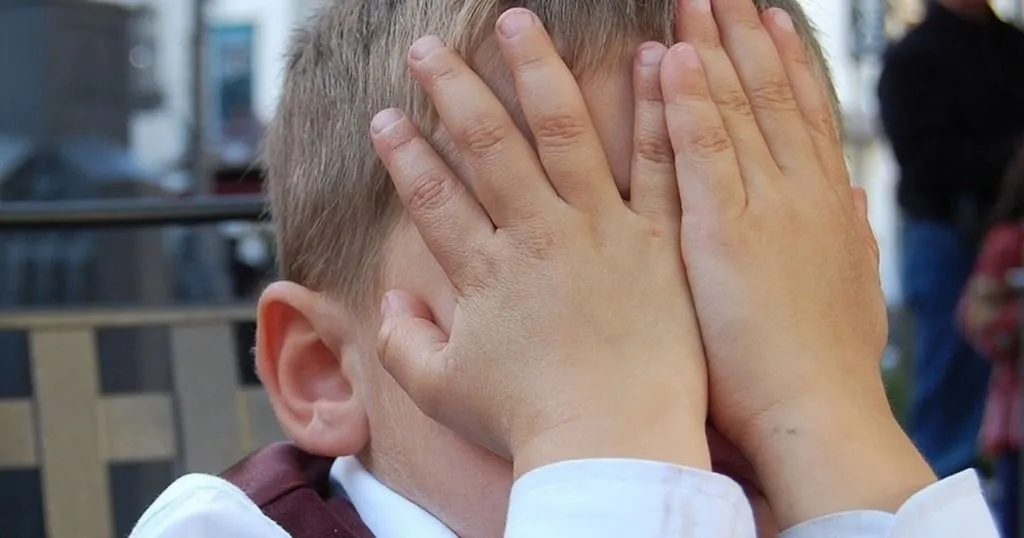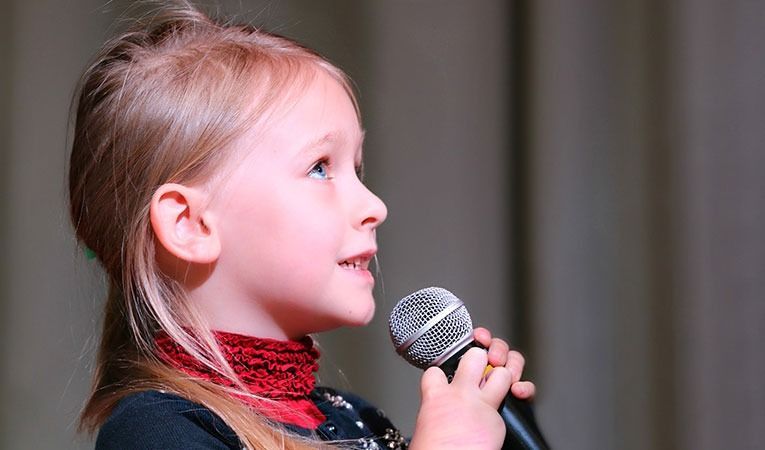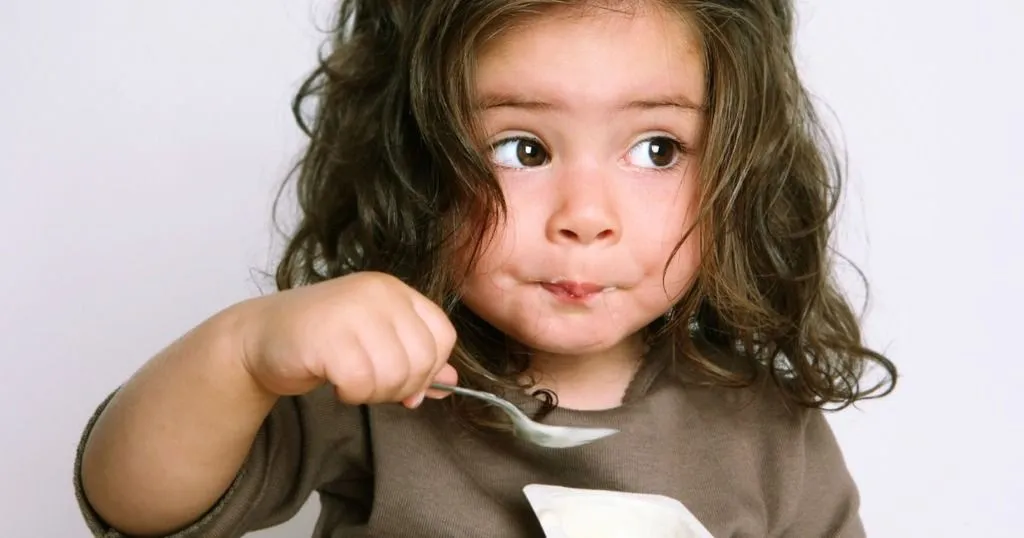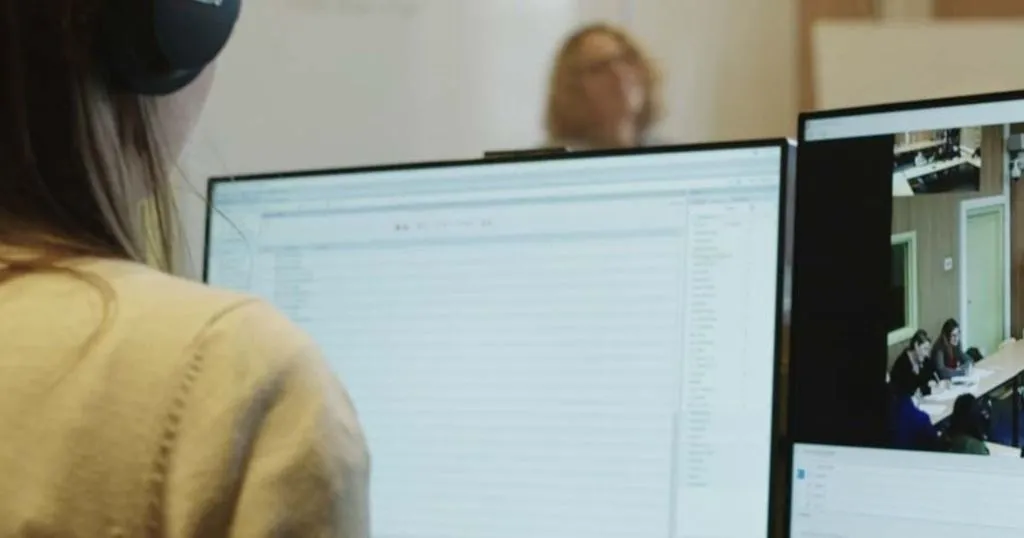Helping children cope with social anxiety
Researchers Colonnesi et al. investigated whether social anxiety in 4 year-olds is related to the level of Theory of Mind, and expressing shyness.
Posted by
Published on
Thu 09 Feb. 2017
Topics
| Anxiety | Child | Child Development | Stress | The Observer XT | Mental Disorder | Infants |

Now and then, we all feel afraid to some extent. For example, imagine when thunder nearby strikes hard, or when you’re in a dark, small room and you don’t know how to get out, or when you think you’ve gotten lost.
Last summer, my children and I were in a climbing park. It was supposed to be fun and my children enjoyed themselves a lot, but I discovered that it was quite scary to be so high off of the ground, forced to make steps that seemed too big, dangling around, brrrr…. I experienced a true sense of fear while I was there.
This kind of fear is healthy. It makes sure that you avoid danger. However, fear shouldn’t affect your daily functioning. For example, when fear influences school performance or family life, there may be a case of a social anxiety disorder.
Social anxiety symptoms
Anxiety disorders are the most common form of psychopathology in children and adolescents, and often do not disappear spontaneously. Moreover, anxiety disorders can lead to all sorts of other problems such as school dropout, depression, alcohol abuse and family problems. These consequences are reason enough to ensure that these symptoms are detected and, if necessary, treated in an early stage.
Researchers Colonnesi et al. of the University of Amsterdam investigated whether social anxiety in 4 year-olds is related to a lower level of theory of mind, a lower tendency to express shyness in a positive way, or a higher tendency to express shyness in a negative way.
Developing a Theory of Mind (ToM)
Young children often have difficulty predicting and explaining the behavior of others, and the difference between reality and fiction. They are primarily engaged with their own needs, without even being aware that they have these needs, or that others have needs too. As they grow older, children learn that other individuals also have certain feelings. They attain an explicit Theory of Mind (ToM).
A normal ToM development seems to be necessary for healthy socio-emotional development. Individuals with ToM deficits have a lesser understanding of what they can expect from other people, and they are less able to deal with complex social situations in an appropriate way.
Expressing shyness
Shyness is typically manifested by specific shy facial expressions and physiological reactions such as blushing or by disorganized behavior. When experiencing shyness, people are often concerned or worried about being socially exposed to others’ evaluations but, still wish to remain engaged in the situation and make a good impression.
Positive expressions of shyness are behavioral manifestations of children’s capacity to regulate their ambivalent feelings and fear during social situations. They are expressed by positive facial expressions (e.g. a smile). In contrast, negative expressions of shyness are more often an avoidant-ambivalent type of shyness. They include combinations of gaze and head aversions during negative facial expressions (e.g. a frown).
According to Colonnesi and colleagues, the negative expressions of shyness are possibly associated to social inhibition, early experience of social failure, rejection by others, and social anxiety.
Coding video observations
Using a sample of 110 children that were 4.5 years of age, researchers aimed to investigate how ToM and shyness were associated with the level of social anxiety reported by parents in both positive and negative ways. Furthermore, they explored the interplay between children’s ToM and children’s positive and negative expressions of shyness on their level of social anxiety.
The children visited the lab twice, once with their mother and once with their father. During the first visit, a shortened version of the TOM-test-r was conducted. The children were requested to give answers to questions such as ‘Who in this picture is angry?’, or ‘Can people see the bicycle you are dreaming about?’ in reaction to 14 short illustrated stories. These interviews were video-taped and coded.
Sing a song
During the second visit, performance and self-watching tasks were conducted in order to determine whether the children expressed positive or negative shyness. The children were asked to sing a song they liked, on a podium, with a spotlight and a microphone, in front of a small audience in a costume they had chosen themselves.

During the self-watching task, children watched their recorded performance on a television screen. The Observer XT was used to code the video observations.
Social anxiety was measured with the social anxiety subscale of the Dutch version of the revised Preschool Anxiety Scale (PAS-R) completed by both the parents.
The answers of this study
The researchers reported many outcomes. For instance, they found that early social anxiety symptoms are associated with a low basic level of ToM, a low use of positive expressions of shyness, and a high use of negative expressions of shyness during socially stressful situations such as public performance.
Their results suggest that a good ToM development in early childhood can facilitate social understanding by promoting positive social experiences, self-confidence, and peer relations. It is important that children develop adaptive coping strategies in order to cope with social anxiety.
In conclusion, at the age of 4.5 the interplay between ToM and expressions of shyness can be used to detect children’s level of social anxiety and then prevent the onset of social anxiety disorders.
Interested in human behavior research? Read more on 'How to study human behavior'!
Reference
Colonnesi, C., Nikolić, M., Vente, W. de & Bögels, S.M. (2016). Social Anxiety Symptoms in Young Children: Investigating the Interplay of Theory of Mind and Expressions of Shyness. Journal of Abnormal Child Psychology, DOI 10.1007/s10802-016-206-0
Related Posts

Positive Behavior Support: Good behavior can be learned

Unobtrusive observations


